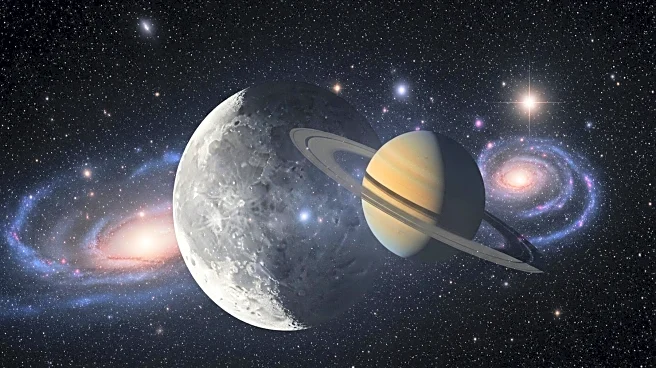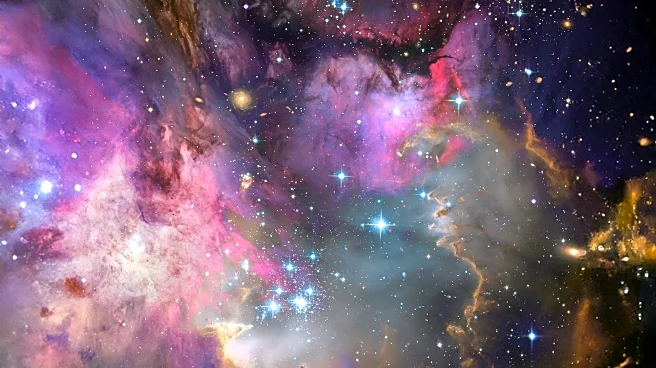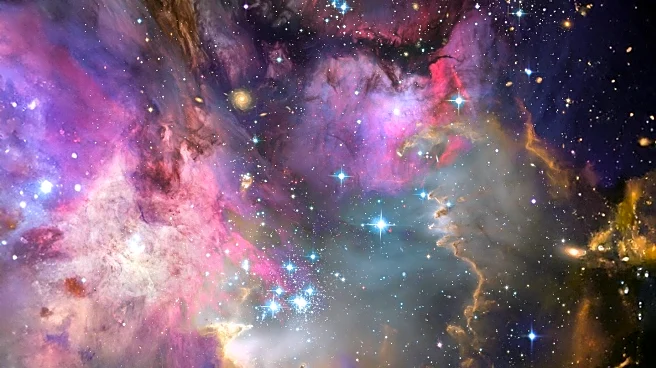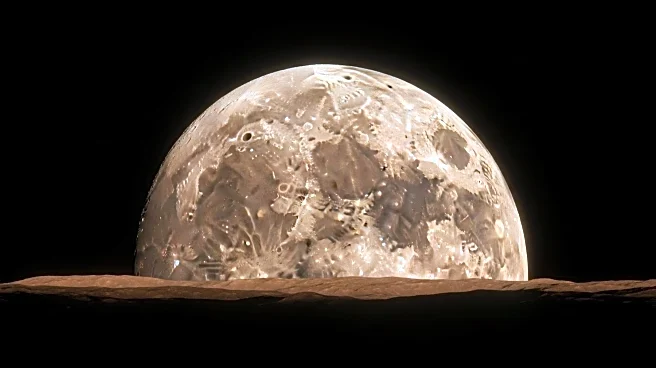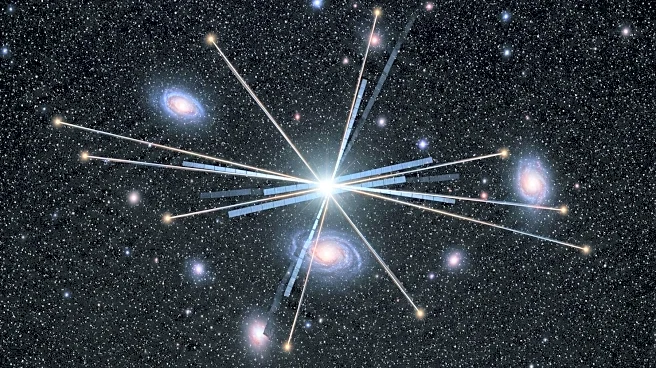What's Happening?
Astronomy enthusiasts are encouraged to observe the Veil Nebula, a prominent feature in the constellation Cygnus. Known for its expansive and intricate structure, the Veil Nebula is a remnant of a supernova explosion that occurred over 15,000 years ago. The nebula is divided into several regions, each with unique characteristics, such as the Witch's Broom and the Network Nebula. Observers are advised to use an 8-inch or larger telescope with an Oxygen-III filter to enhance visibility. The nebula's complex structure can be best appreciated from a dark site on a moonless night.
Why It's Important?
Observing the Veil Nebula offers a glimpse into the dynamic processes of stellar evolution and the aftermath of supernovae. This celestial feature provides valuable insights into the life cycle of stars and the distribution of elements in the galaxy. For amateur astronomers, the Veil Nebula represents a challenging yet rewarding target, promoting skills in telescope operation and celestial navigation. The nebula's visibility also underscores the importance of preserving dark skies, as light pollution can significantly hinder astronomical observations.
What's Next?
As interest in the Veil Nebula grows, astronomy clubs and observatories may organize viewing sessions to facilitate public engagement. These events can include educational talks on the science behind supernova remnants and the significance of the Veil Nebula in astronomical research. Additionally, advancements in telescope technology and imaging techniques may allow for more detailed observations and studies of the nebula's structure and composition. Continued public interest in such celestial phenomena can drive support for initiatives aimed at reducing light pollution and preserving dark sky areas.

